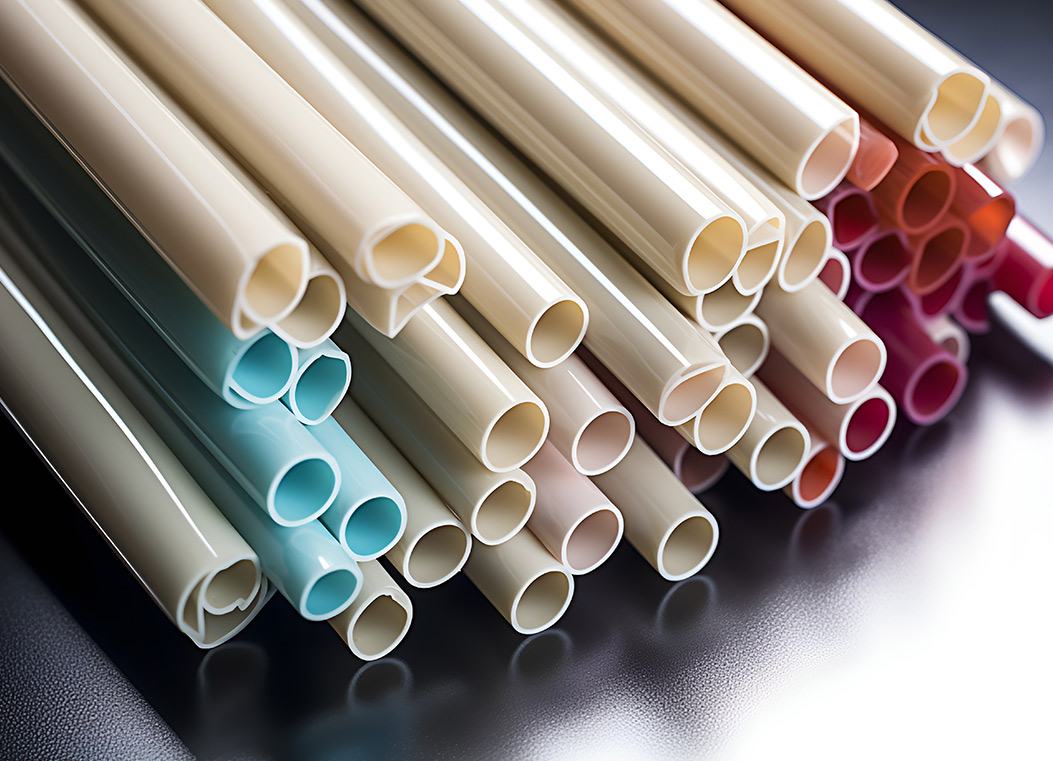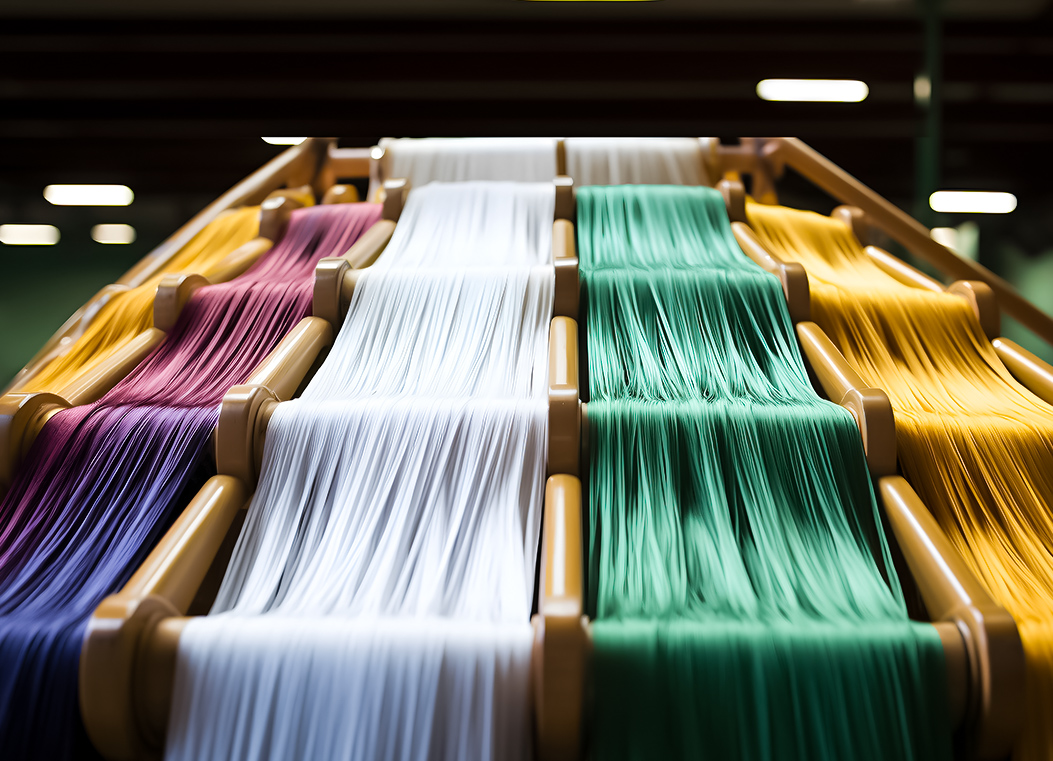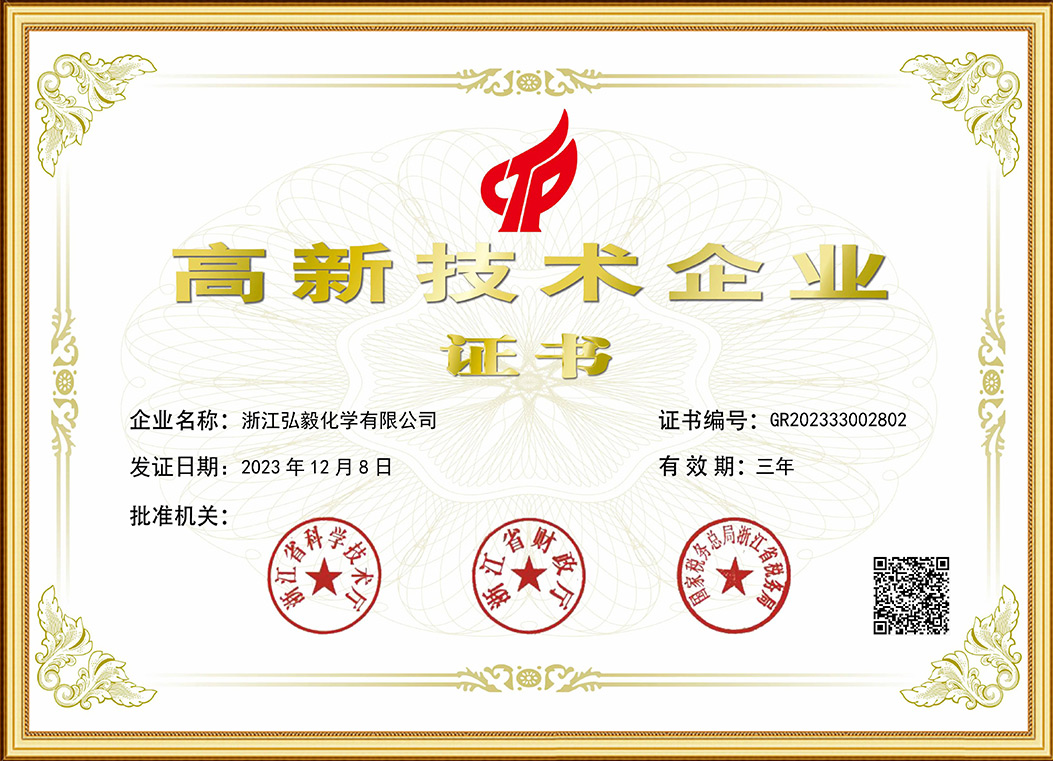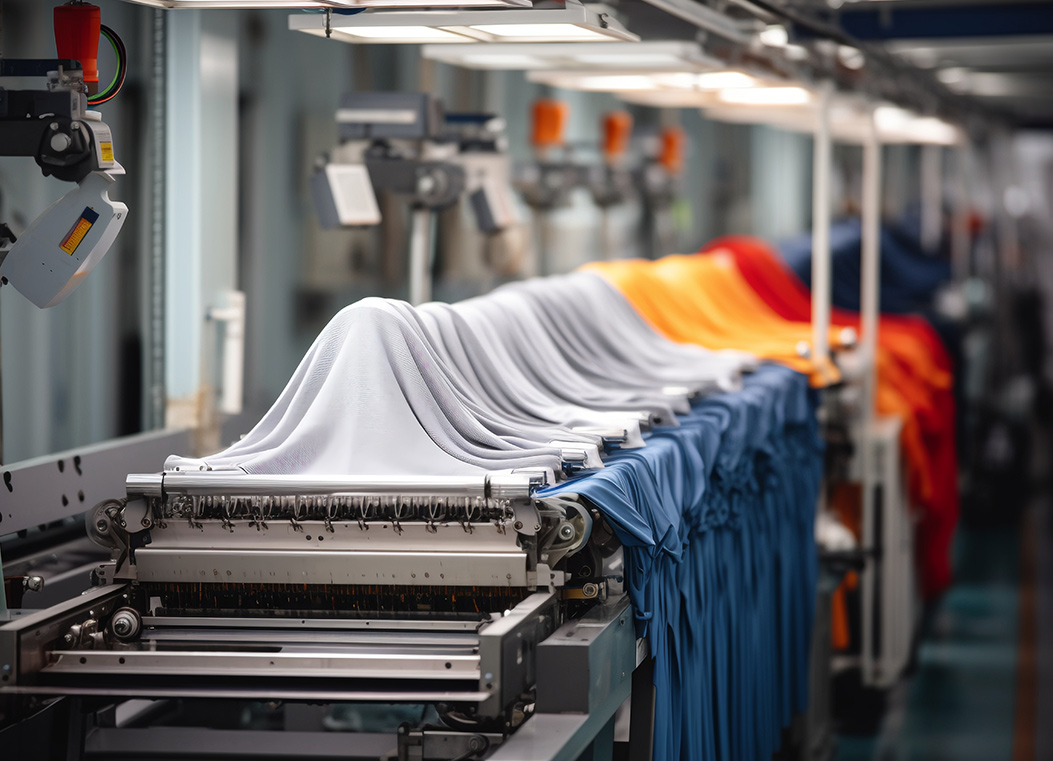Among the wide range of finishing additives used in textiles, Optical Brightener Powder and Optical Brightener KCB are often highlighted for their ability to influence not only brightness but also the subtle tone of fabrics. While many brighteners are associated with enhancing whiteness or neutralizing yellowish hues, KCB shows a unique capacity to shift fabric shades toward a reddish-purple effect under certain conditions. This feature has practical value in dyeing processes where tone modification is required, especially in synthetic fibers such as polyester.

Optical Brightening and Color Perception
Optical brighteners function by absorbing invisible ultraviolet light and re-emitting it as visible blue or violet light. This optical effect changes how the human eye perceives fabric color. For KCB in particular, the emitted light spectrum can lean toward violet, which interacts with the base color of the fabric or dye to create a reddish-purple appearance. This does not mean that KCB directly dyes the fiber; instead, it modifies the reflected light, creating a color balance that appears brighter and slightly shifted in tone.
Why KCB Is Applied in Polyester Processing
Polyester fabrics are widely known for their tendency to retain a dull or slightly yellowish undertone after bleaching or finishing. Optical Brightener KCB is highly compatible with polyester and blends, as it disperses evenly during high-temperature dyeing and finishing processes. The dosage typically ranges between 0.05–0.5% by weight of fiber, depending on the depth of tone required. When applied carefully, KCB not only enhances whiteness but also creates a subtle reddish-purple hue that can harmonize with specific dye formulations. This property is particularly useful in fashion textiles where color differentiation adds value.
Interaction Between KCB and Base Shades
The reddish-purple tone created by KCB becomes more noticeable when the fabric is dyed in warm shades such as reds, pinks, or purples. The brightener amplifies violet-blue fluorescence, which combines with the dye to push the final shade slightly toward a deeper reddish-purple effect. On lighter shades, the influence may be subtle, providing a cooler undertone rather than a distinct shift. On darker or more saturated shades, the impact is stronger, making KCB a practical tool for fine-tuning shades without re-adjusting dye recipes significantly.
Processing Conditions That Influence Tone
Temperature and bath composition play important roles in how effectively Optical Brightener KCB creates reddish-purple tones. High-temperature dyeing, usually around 120–130°C in polyester processing, ensures better fiber penetration and uniform distribution of the brightener. Additionally, the presence of dispersing agents helps maintain stability in the bath, preventing uneven absorption that could affect the final tone. Adjusting these conditions allows manufacturers to manage both the intensity of brightness and the degree of tonal shift.
Use in Blended Fabrics
Beyond polyester, KCB also shows effectiveness in polyester-cotton blends. While cotton itself has limited affinity for optical brighteners, the polyester component responds well, ensuring that the fabric overall displays the reddish-purple effect. This compatibility makes KCB suitable for mixed-fiber applications where uniform appearance is required across different fabric compositions. Manufacturers often select KCB when blended fabrics are designed for garments where subtle tone shifts improve visual appeal.
Role in Shade Adjustment with Dyes
Another practical aspect of Optical Brightener KCB is its compatibility with disperse dyes used in polyester processing. By combining KCB with specific dye formulations, finishers can achieve shades that are brighter and slightly modified without reformulating the entire dye bath. This reduces production time while offering flexibility in meeting color specifications. For example, if a fabric appears too warm after dyeing, KCB can balance the tone by adding a cooler violet fluorescence that results in a reddish-purple cast.
Post-Processing and Washing Considerations
Fabrics treated with Optical Brightener KCB generally retain their enhanced tones through normal washing processes. However, repeated high-temperature washing may gradually reduce the effect, especially if strong detergents or bleaching agents are used. Maintaining appropriate washing conditions and avoiding aggressive post-treatments helps preserve the reddish-purple appearance for longer fabric life cycles.
Practical Applications in Textile Design
The ability of KCB to shift tones makes it valuable in applications where fabric shade precision is critical, such as in apparel, upholstery, and decorative textiles. Designers often rely on this effect to achieve subtle yet noticeable differentiation between shades, providing options that cannot be accomplished through dyes alone. This makes Optical Brightener Powder, particularly KCB, an important component of modern finishing techniques.

 EN
EN 中文
中文 ES
ES




.jpg)













